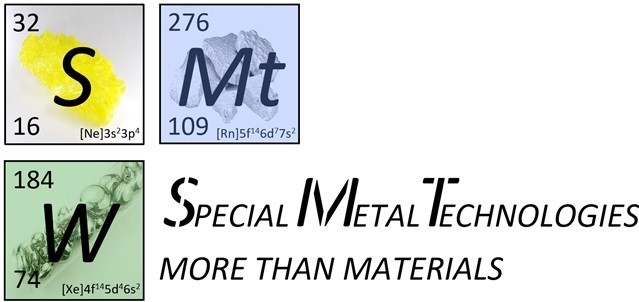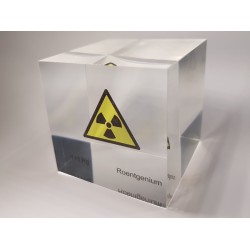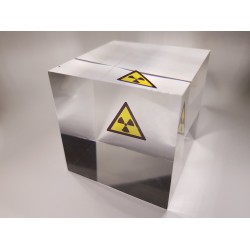- Shop
- Acrylic cubes
-
Elements
- Hydrogen
- Helium
- Lithium
- Beryllium
- Boron
- Carbon
- Nitrogen
- Oxygen
- Fluorine
- Neon
- Sodium
- Magnesium
- Aluminium
- Silicon
- Phosphorus
- Sulfur
- Chlorine
- Argon
- Potassium
- Calcium
- Scandium
- Titanium
- Vanadium
- Chromium
- Manganese
- Iron
- Cobalt
- Nickel
- Copper
- Zinc
- Gallium
- Germanium
- Arsenic
- Selenium
- Bromine
- Krypton
- Rubidium
- Strontium
- Yttrium
- Zirconium
- Niobium
- Molybdenum
- Technetium
- Ruthenium
- Rhodium
- Palladium
- Silver
- Cadmium
- Indium
- Tin
- Antimony
- Tellurium
- Iodine
- Xenon
- Cesium
- Barium
- Lanthanum
- Cerium
- Praseodymium
- Neodymium
- Promethium
- Samarium
- Europium
- Gadolinium
- Terbium
- Dysprosium
- Holmium
- Erbium
- Thulium
- Ytterbium
- Lutetium
- Hafnium
- Tantalum
- Tungsten
- Rhenium
- Osmium
- Iridium
- Platinum
- Gold
- Mercury
- Thallium
- Lead
- Bismuth
- Polonium
- Astatine
- Radon
- Francium
- Radium
- Actinium
- Thorium
- Protactinium
- Uranium
- Neptunium
- Plutonium
- Americium
- Curium
- Berkelium
- Californium
- Einsteinium
- Fermium
- Mendelewium
- Nobelium
- Lawrencium
- Rutherfordium
- Dubnium
- Seaborgium
- Bohrium
- Hassium
- Meitnerium
- Darmstadtium
- Roentgenium
- Copernicium
- Nihonium
- Flerovium
- Moscovium
- Livermorium
- Tennessine
- Oganesson
- Buch
- References
- Periodic Tables
- Metalle Wimmer
- Metametals
Roentgenium
Roentgenium, with the chemical symbol Rg and atomic number 111, is an artificially produced chemical element that was first synthesized in 1994 at the Gesellschaft für Schwerionenforschung (GSI) in Darmstadt, Germany. The discovery is credited to the research of Sigurd Hofmann, Gottfried Münzenberg, and their teams. Roentgenium was created through the fusion of bismuth-209 with nickel-64 nuclei.
The name "Roentgenium" honors the German physicist Wilhelm Conrad Röntgen, who received the Nobel Prize in Physics in 1895 for the discovery of X-rays. The discovery of Roentgenium was a significant advancement in unraveling the properties of the heaviest elements in the periodic table. Roentgenium is extremely rare on Earth and does not occur naturally. It is artificially produced in particle accelerators and has limited applications, mainly in the research of the properties of transuranic elements.
The key Roentgenium isotopes are Roentgenium-280 and Roentgenium-281. Roentgenium-280 has a half-life of about 3.6 seconds, while Roentgenium-281 is approximately 26 seconds.
There are 2 products.
Active filters


